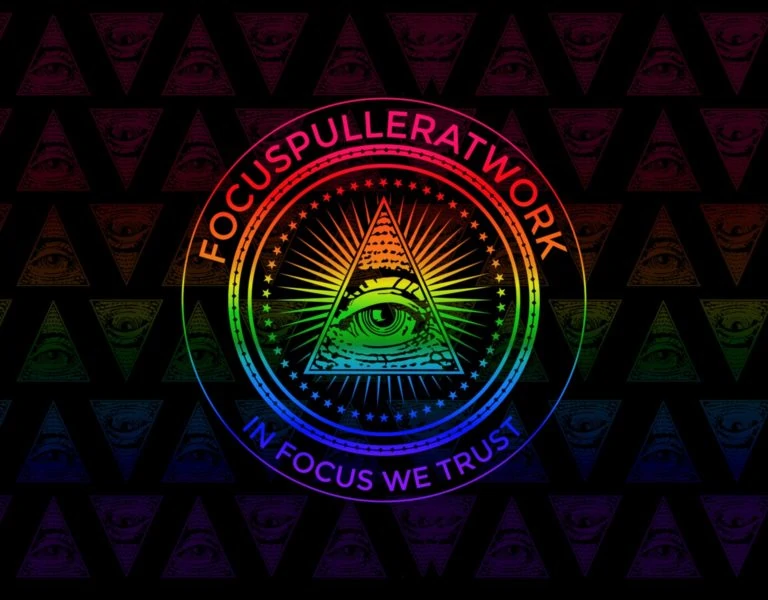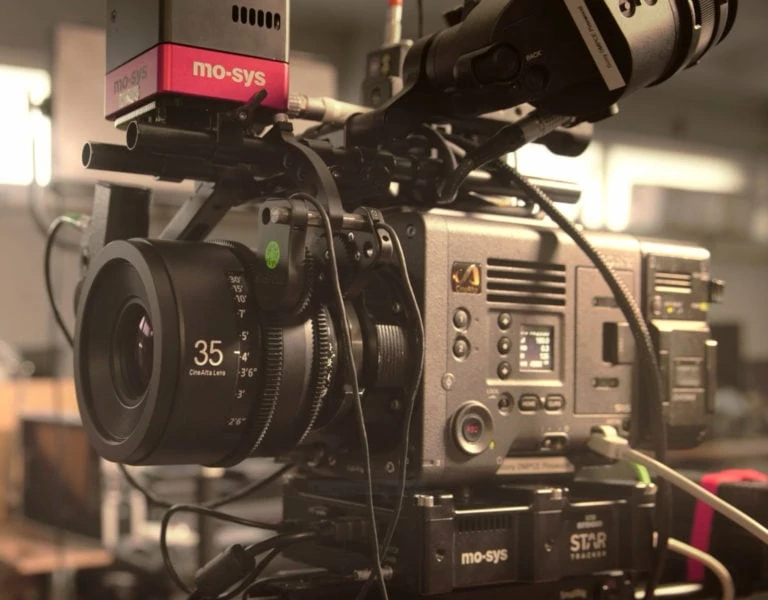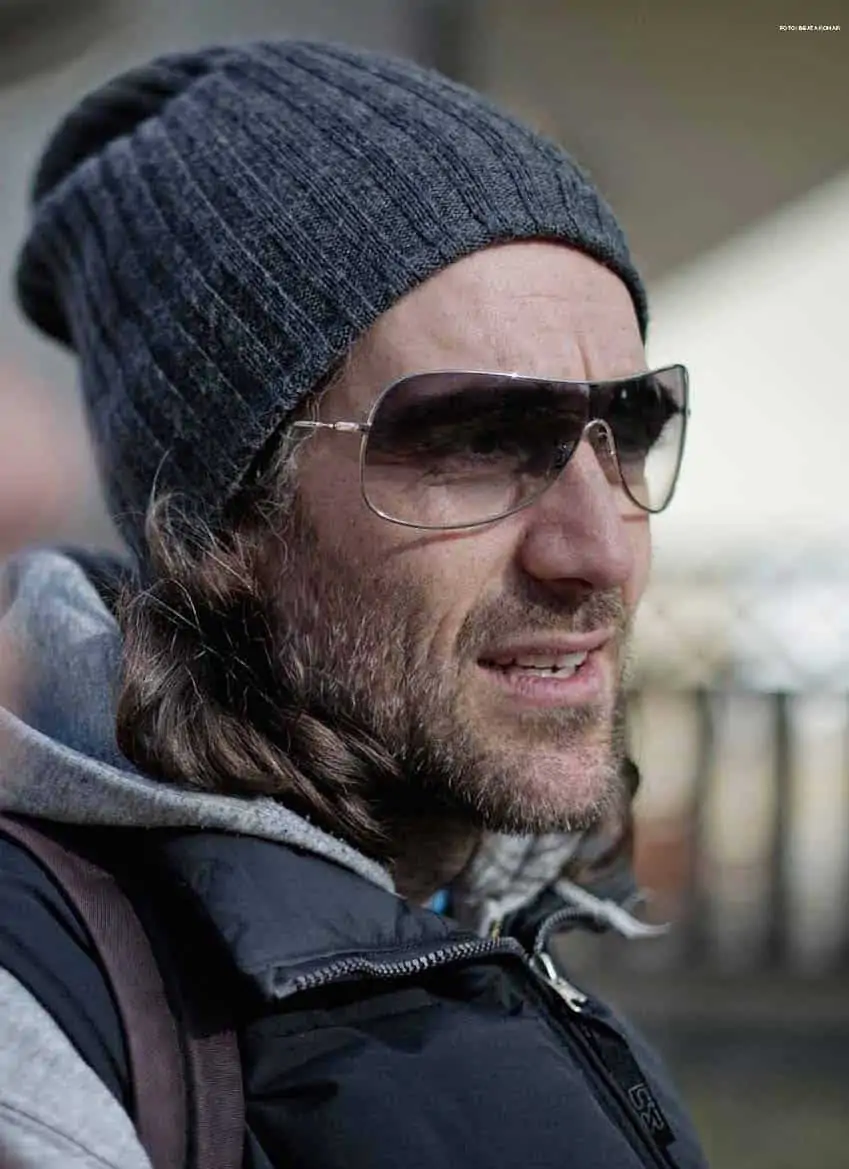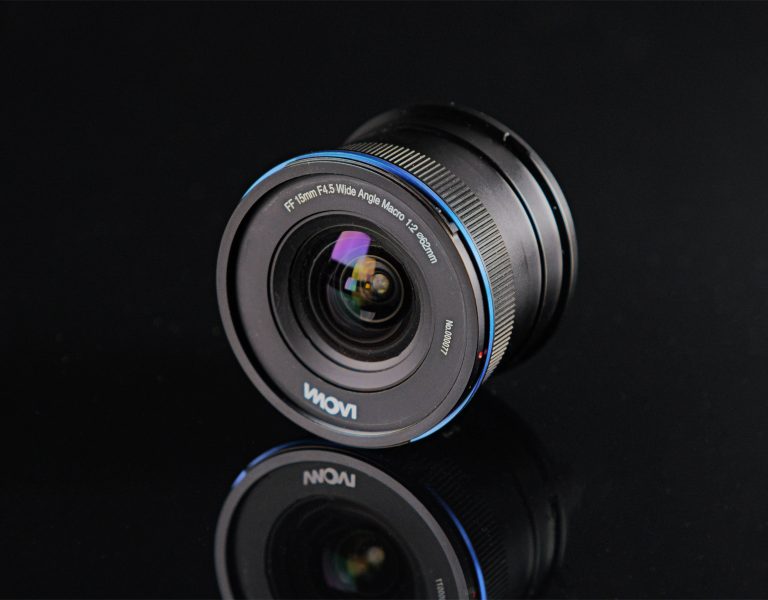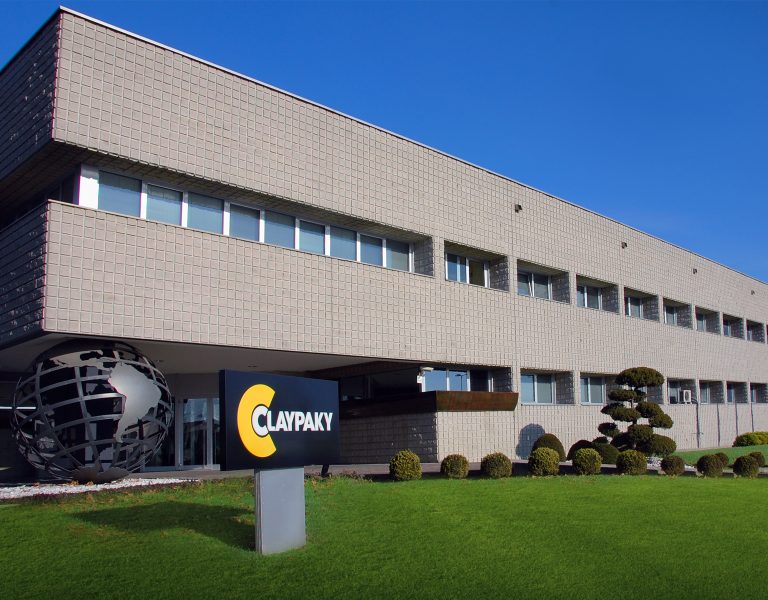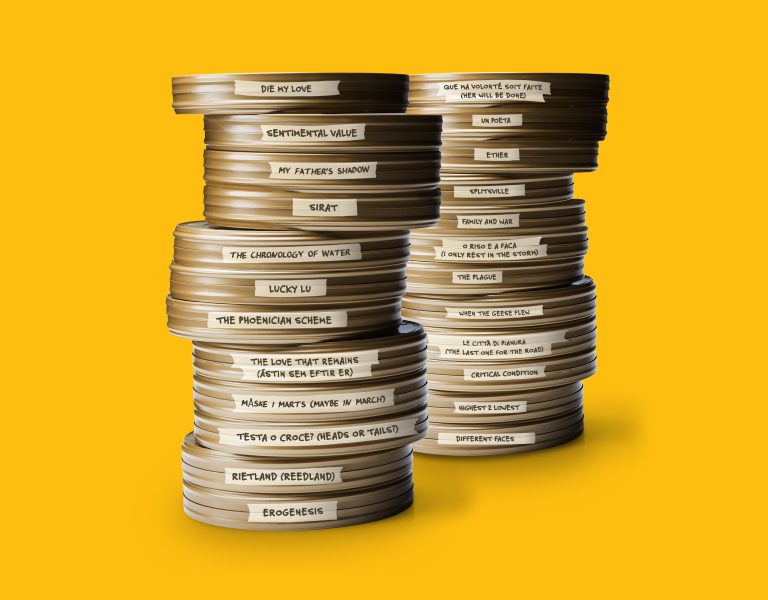We recently received a letter from a BSC member, concerned about practices that are being regularly taken on-set that can have deleterious ramifications for image-quality and serious consequences for the livelihoods of focus pullers. The author wishes to remain anonymous.
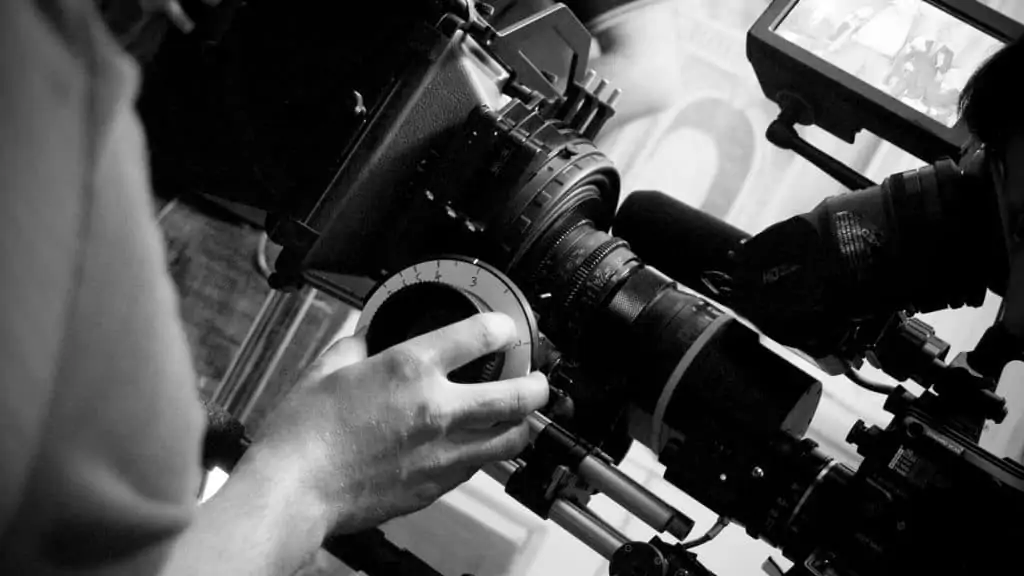
“Welcome to the wonderful world of digital filmmaking. I have written this letter because I feel that focus pullers are not getting the support they should really have. With new cameras coming on stream at regular intervals, plus new and expensive lenses from the major optical companies, what a choice modern-day cinematographers face! Each new camera boasts all sorts of gimmicks, including the sensor’s ability to shoot at 2K, 4K, 6K and even 8K. With ultra-fast lenses, that have apertures of T1.2 and upwards, this combination creates a serious challenge for our first ACs. These wide-aperture lenses work for any scene, day or night, but when you have the capability to shoot at T4 and end-up being given a stop of T1.8 there maybe lies a serious problem.
I would point out several things that compound this issue. On today’s sets, there seems to be a way of shooting without proper rehearsals, sometimes with more than one camera. Pity the first AC who gets the second camera with a 150mm or even longer, and who is told to shoot the rehearsal. I hear stories every week that this happens on too regular a basis. Last year, two of our most experienced first ACs walked away from major productions after less than a week into shooting for this very reason. Both films were shooting with wide apertures and no proper blocking.
Three other first ACs were also asked to leave, after a series of focus issues. One of them was in for a day, and was seen to run a tape out, and was told, “We don’t do that”, and left that night.
I understand, that we have a busy industry here now. But, I would humbly point out that “head of department” means just that. A DP is responsible for their camera crew. If there was any camera problem with rushes, the office would come to me and I would know from the previous day if there were problems, and we would go again.
Sadly, many modern day DPs have never have had the experience of working as a focus puller with film. Long gone are the days when you would go into a theatre at 7.30am, prior to the day’s work, and see rushes on a 60ft screen, with sync sound.
Another thing that crews don’t realise concerns the new Anamorphic lenses coming on stream for digital work. Anamorphics have always been made to work at a stop of T4, not T1.
Finally, I would ask DPs to remember that the first AC’s job is the hardest position on the set today, and so spend some time putting more light onto the subject. When you look at lighting bills and the number of lamps on the truck, get a few more out and switch them on!”
